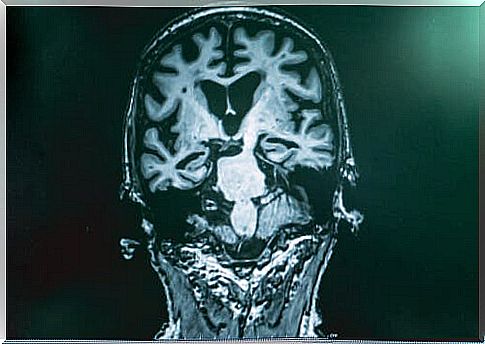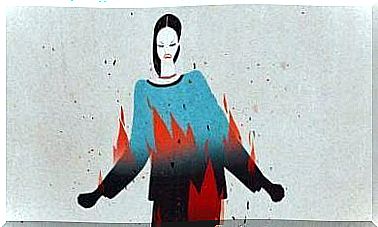Francisco Lopera: New Way To Treat Alzheimer’s

Currently, there are five major research projects attempting to develop drugs to treat Alzheimer’s. Four of them are being developed in the United States and one in Colombia. The latter is led by Dr. Francisco Lopera, who has made amazing progress over the last 30 years, he has studied this disease.
The difference between Dr. Francisco Lopera’s work and what other researchers are doing is the fact, partly by chance and partly due to constant research, that he has found a new way of dealing with the disease. This method is related to the genetic peculiarities he has found in his patients.
Alzheimer’s is a form of dementia that causes great suffering in the people who suffer from it, as well as their families. The progressive loss of memory and various abilities equals a slow death of identity, life projects and a reason to live.
Many people in the world are waiting for, if not a cure, then at least a more effective method of treating Alzheimer’s than those currently available.

The research of Dr. Francisco Lopera
Dr. Francisco Lopera leads a research project where he works with the National Institutes of Health (NIH) in the United States, the Banner Alzheimer’s Institute and the Genentech firm and, more recently, with experts from Massachusetts General Hospital and Schepens Eye Research Institute.
The headquarters of their work is located at the University of Antioquia in Colombia.
He has spent a lot of time trying to develop a treatment for Alzheimer’s. Scientists have made important progress, but the drugs on the market are limited. For that reason, and for some years now, research has focused on prevention rather than a cure.
Until now, there has been an increase in sensible methods of early detection. However, these are sophisticated procedures that are not yet available to everyone and are only used in research groups. But it is likely that they will soon be available to everyone, which is a big step forward.
Another path to research
Dr. Francisco Lopera has found a new path to research and, hopefully, this will enable physicians to treat Alzheimer’s in a better way. It all started in 1984 when he was a neurologist on-call doctor.
A patient who was just 47 years old and already in an advanced stage, went to be looked after by him. When Lopera looked at his case, he found that the patient’s father, grandfather, and uncles also had a bit of the same thing.
It made him make a genealogy of his family. In doing so, he found that the first family group had an inherited form of Alzheimer’s.
Later, as a researcher, he found two other families with the same characteristics. 11 years later, after his first discovery, his working group proved that it was, with certainty, Alzheimer’s and that, in this case, it was due to a gene mutation.
The years went by and new cases appeared. In all of them, they found the same characteristics. They called it the ” paisa mutation ” because there were no other references in the world to it. Paisa specifically refers to a group of people living in the northern part of Colombia in the Andes.
However, the truly incredible part of this study had still not taken place.

New ways to treat Alzheimer’s disease
Dr. Lopera explains that, with Alzheimer’s disease, there is a kind of accumulation of “garbage” in the brain. It is made up of a protein called amyloid. Fragments of it stick together and create a kind of “glue” that sticks to the neurons and causes a number of malfunctions in the brain.
The other part of the “garbage” is rope, which wraps around the neurons, “catches” them and kills them. Rope is more harmful.
One of the patients treated by Dr. Fancisco Lopera, was a member of one of the families that had the mutation, and she developed it herself. However, unlike all of her family members, she did not develop the disease early.
In fact, her first symptoms did not manifest until she was in her 70s. Her case was quite exceptional, which is why the research focused on her.
After careful study in Boston, experts found that the patient’s brain was filled with amyloid, even more so than in other cases. However, she had very little rope. The research allowed them to confirm that another mutation, in this particular patient, prevented the production of tau. This was what delayed the development of the disease.
The journal, Nature, published the article that opened up a whole new research pathway to treat Alzheimer’s disease. Experts believe, based on the information gathered from this patient, that it will be possible to develop gene therapy and replicate this genetic information in other peoples.
Experts are also considering developing drugs to mimic the mechanisms of the protective mutation.








